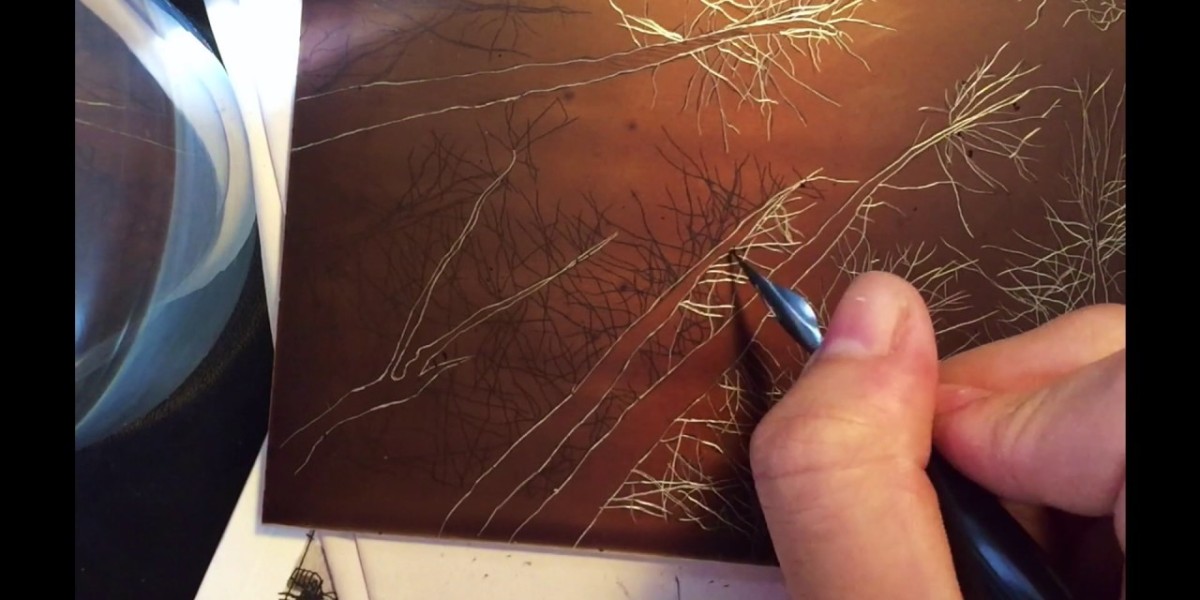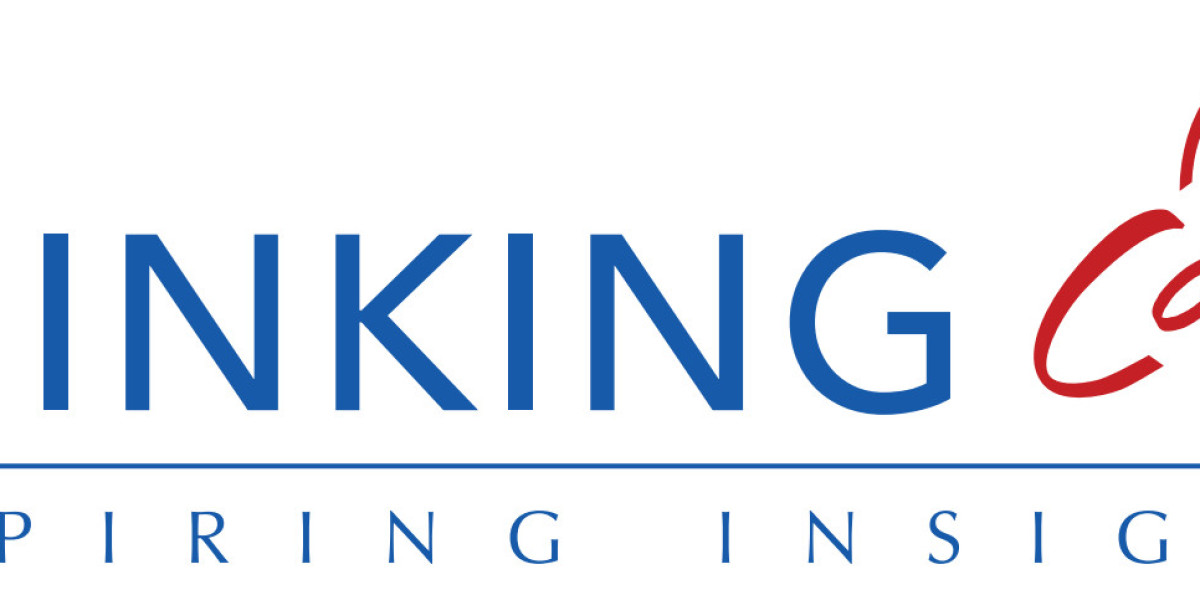Are you curious about the differences between Etchingvs Lithograph and Engraving vs Lithograph?
Art enthusiasts and collectors often encounter terms like etching, lithograph, and engraving.
However, the unique characteristics of these printmaking techniques can sometimes be confusing.
This detailed guide will look into each method, helping you understand its distinct features and artistic values.
Etching: Delicate and Intricate Lines
Etching is a printmaking technique that uses acid to create designs on a metal plate. The artist coats the plate with a waxy protective layer and then scratches the design into it with a pointed tool. The plate is then submerged in acid, which eats away at the exposed lines, creating grooves. Ink is applied to the plate, filling these grooves, and the excess ink is wiped off. When the plate is pressed onto paper, the ink in the grooves transfers, revealing the etched image.
Etching is celebrated for producing extremely fine lines and detailed images. Artists favor this technique for its precision and the ability to create intricate and subtle details that can’t be easily achieved with other methods.
Lithograph: Bold and Vibrant Impressions
Lithography operates on the principle that oil and water do not mix. In this technique, the artist draws directly onto a flat stone or metal plate with a greasy substance. The surface is then treated with a chemical solution, ensuring the greasy areas attract ink while the rest repels it. During printing, the plate is moistened with water, which is repelled by the greasy design. Ink is then applied, adhering only to the greasy parts. The inked image is then transferred to paper.
Lithographs are known for their vibrant colors and bold visual impact. This technique is perfect for artists who want to create expressive pieces with a wide range of tones and rich, dynamic compositions.
Engraving: Precision and Permanence
Engraving is a technique where the artist carves directly into a hard surface, typically a metal plate, using a tool called a burin. This method requires a high level of skill, as the depth and width of the lines are controlled manually. Once the design is engraved, ink is applied to the plate, filling the carved lines. The surface is then wiped clean, leaving ink only in the grooves. When the plate is pressed onto paper, the ink transfers, creating the engraved image.
Engraving is prized for its clarity and precision, producing images with sharp lines and high detail. This method has been used for centuries to create durable and finely detailed artworks, making it a timeless and revered technique.
Choosing the Right Technique for Your Collection
Understanding the differences between etching vs lithograph and engraving vs lithograph is important for art collectors. Each technique offers unique features and artistic expressions, adding valuable diversity to any collection.
Enhance your art collection with pieces that speak to you. Visit Roving Sands Fine Arts for curated masterpieces that fit your taste.



